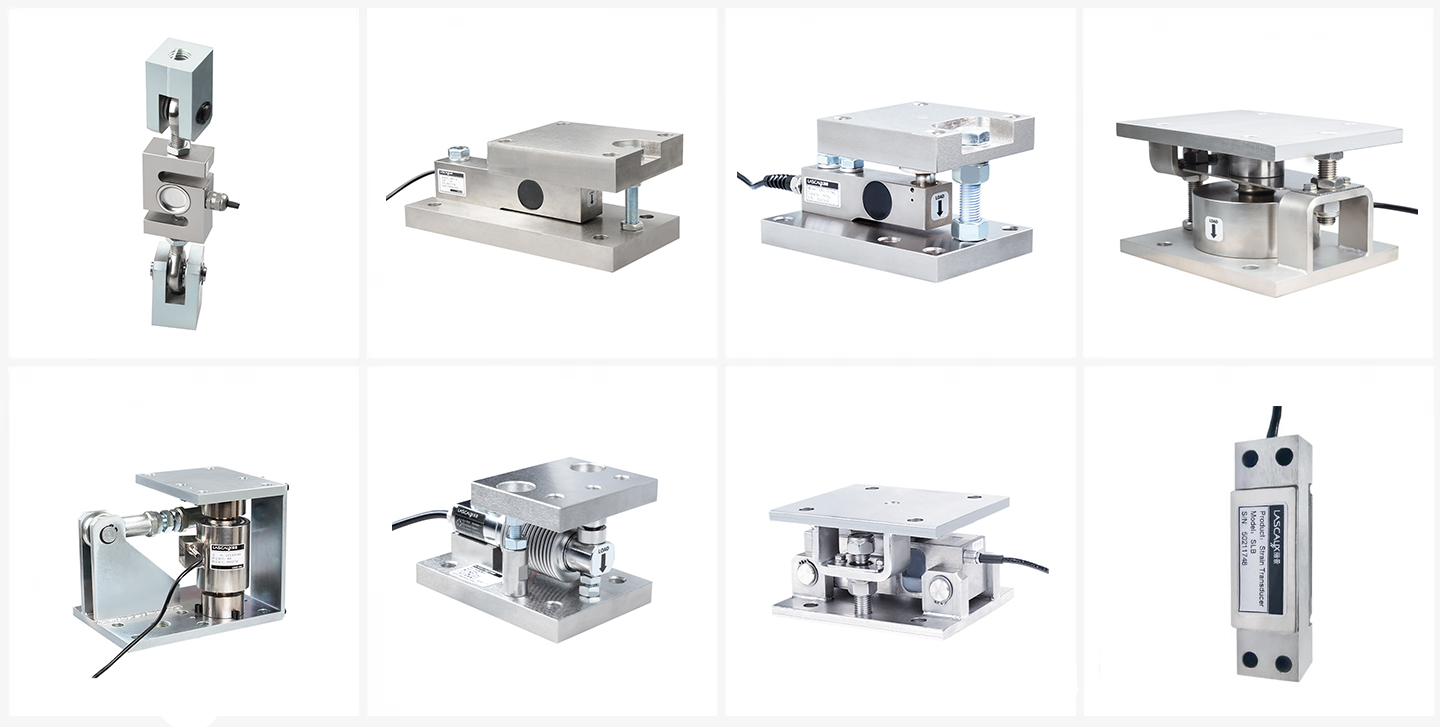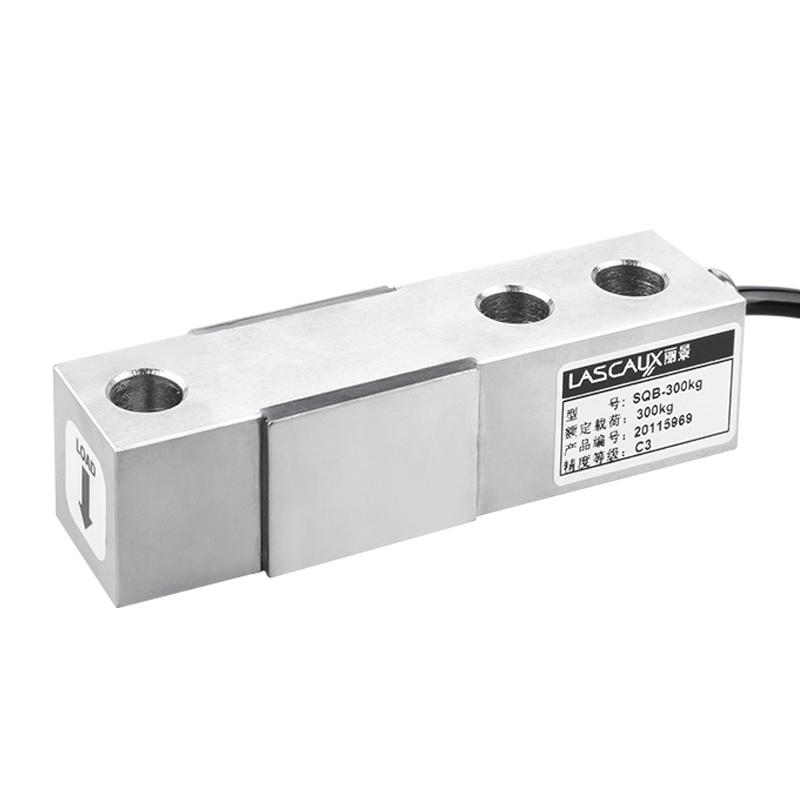On an industrial level, “blending” refers to the process of mixing a set of different ingredients in the correct proportions to obtain a desired end product. In 99% of cases, mixing the correct amount in the correct ratio is critical to obtaining a product with the desired properties.
An out-of-spec ratio means that the product quality will not be as expected, such as changes in color, texture, reactivity, viscosity, strength and many other critical properties. In the worst case, ending up mixing the different ingredients in the wrong proportions could mean losing a few kilograms or tons of raw material and delaying the delivery of the product to the customer. In industries such as food and pharmaceuticals, strict control of the proportions of different ingredients is essential to avoid risks to the health of consumers. We can design highly accurate and high capacity load cells for blending tanks for peeled products. We supply load cells for numerous applications in the chemical industry, the food industry, the construction industry and any area where product mixtures are prepared.
What is a mix tank?
Mixing tanks are used to mix different ingredients or raw materials together. Industrial mixing tanks are generally designed for mixing liquids. Mixing tanks are usually installed with many delivery pipes, some of which come out of the equipment and some lead to the equipment. As the liquids are mixed in the tank, they are also simultaneously fed into the pipes below the tank. Such tanks can be made of different materials: plastic, high-strength rubber, glass… However, the most common mix tanks are made of stainless steel. Different types of industrial mixing tanks are suitable for the mixing needs of various materials.
Uses of load cells
An efficient load cell must be able to detect changes in weight quickly and efficiently. Furthermore, the margin of error must be sufficiently low so that the individual materials can be mixed in the exact proportions required by customers and the industry. The advantage of the precise load cell and the quick and easy reading system (we can also provide wireless signal transmission function if the customer requires it) is that the ingredients of the products that make up the mixture can be mixed in the same mixing tank without having to Each ingredient is mixed separately.
Fast and efficient mixing: load cells for tank weighing systems.
The sensitivity of load cells is divided into different types according to the accuracy provided by the sensor. The numbers of the precision types are as follows, and the ones to the right represent higher precision:
D1 – C1 – C2 – C3 – C3MR – C4 – C5 – C6
The least accurate is the D1 type unit, this type of load cell is usually used in the construction industry, mostly for weighing concrete, sand, etc. Starting from type C3, these are load cells for construction additives and industrial processes. The most accurate C3MR load cells as well as load cells of type C5 and C6 are specially designed for high precision mixing tanks and high precision scales.
The most common type of load cell used in mix tanks and floor standing storage silos is the pressure load cell. There are other different types of load cells for bending, torsion, and traction. For example, for heavy industrial scales (the weight is measured by lifting the load), traction load cells are mainly used. As for pressure type load cells, we have several load cells designed to work under pressure conditions as shown below.
Each of the above load cells has different weighing and tare characteristics and different load capacities, from 200g to 1200t, with sensitivity up to 0.02%.
Post time: Jul-05-2023









